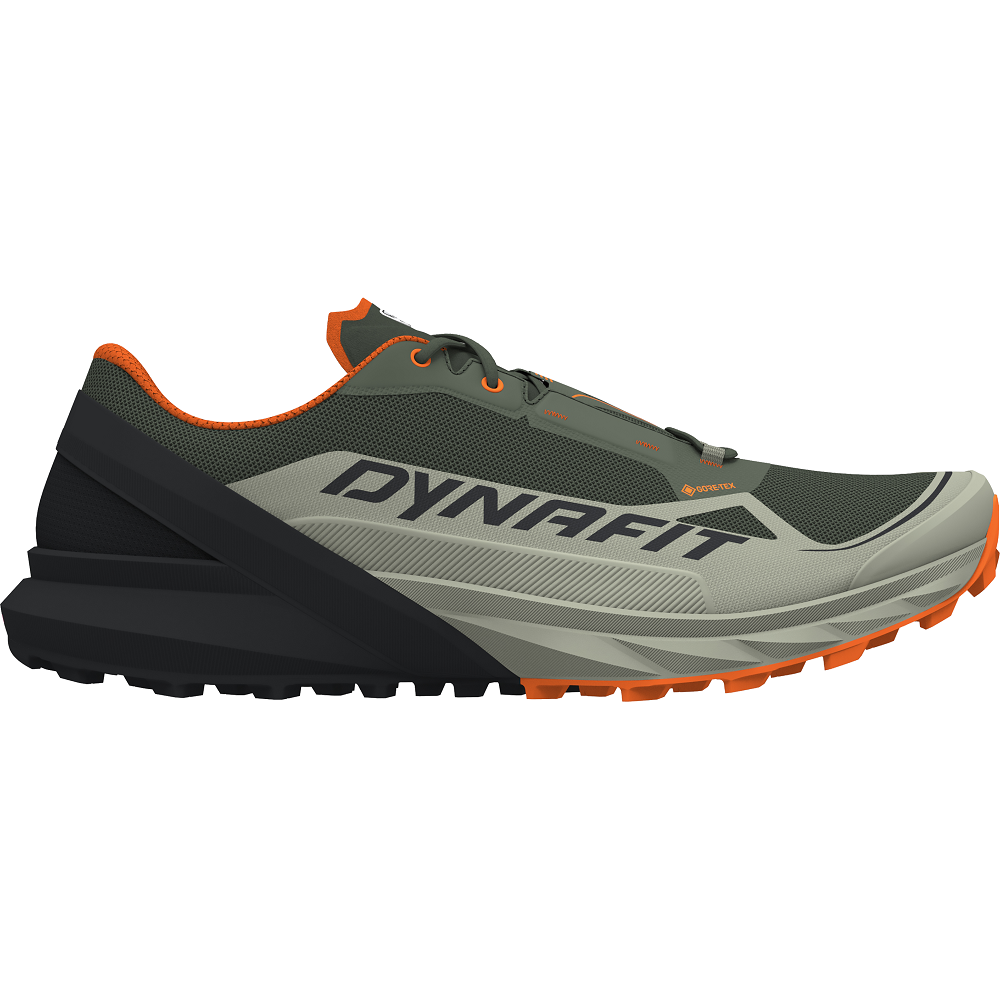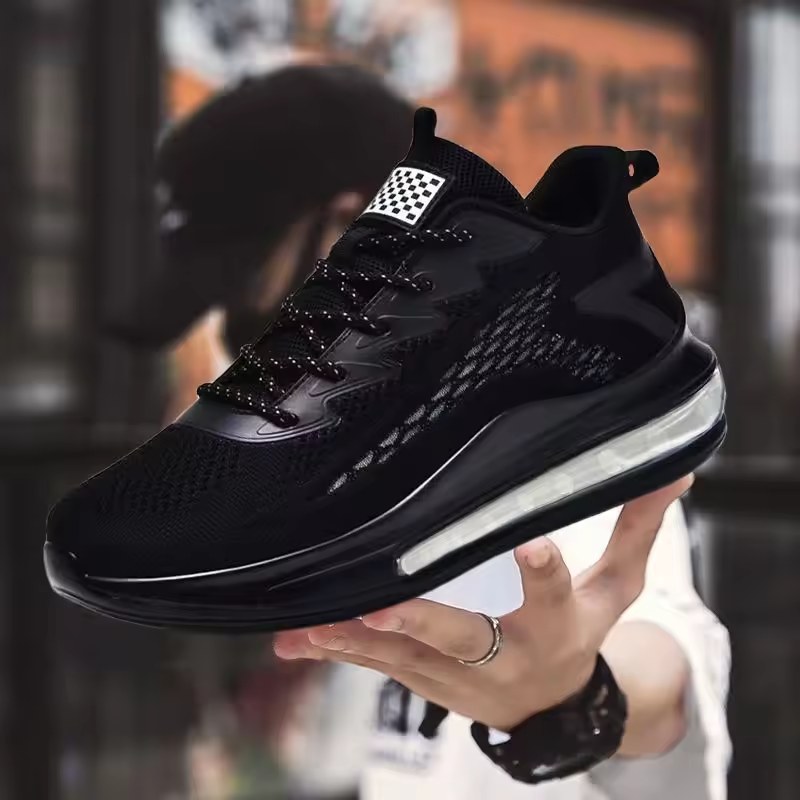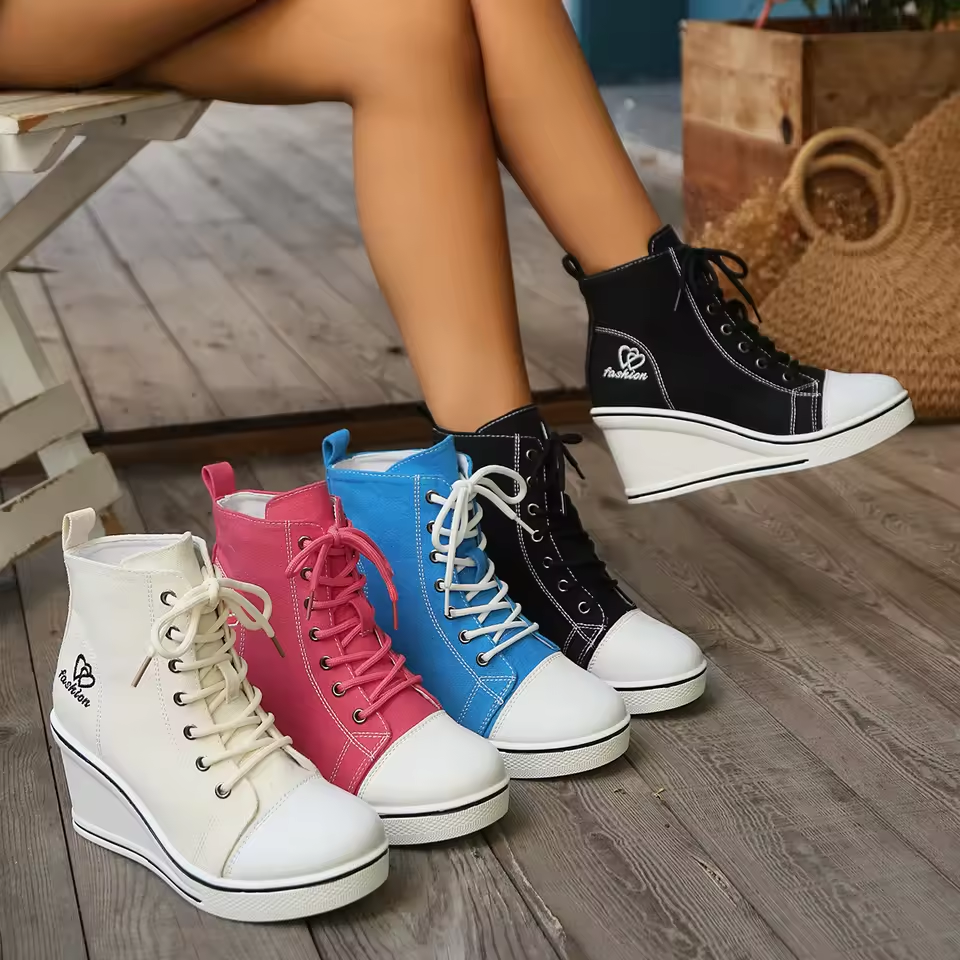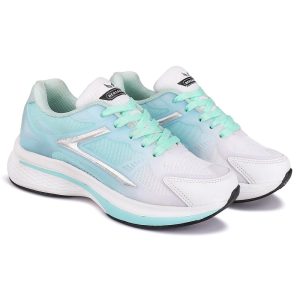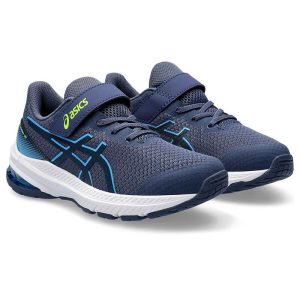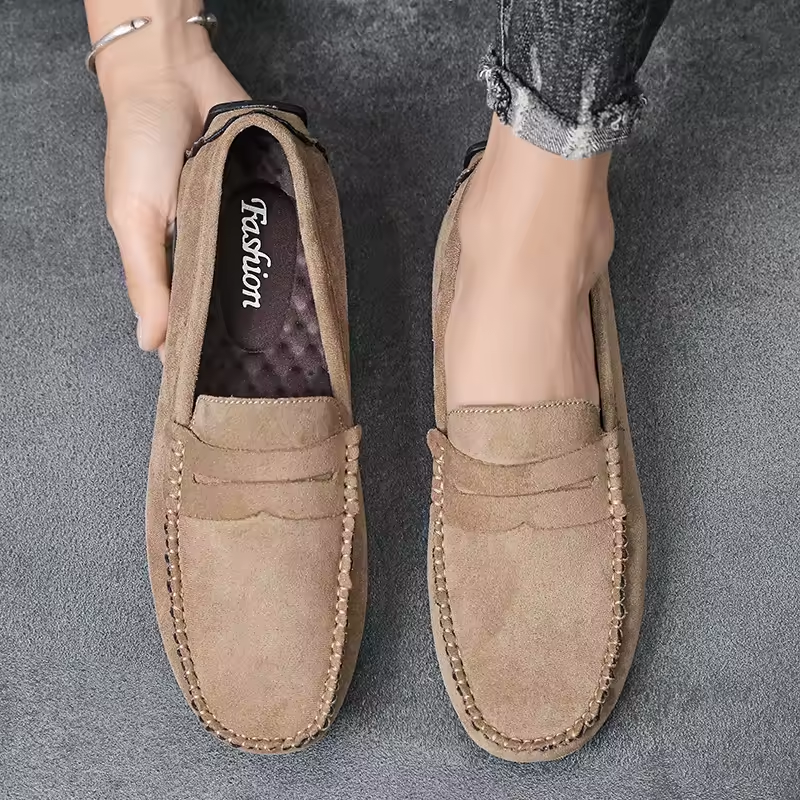Trail running shoes are essential gear for outdoor enthusiasts who navigate rugged landscapes and varying terrains. These specialized shoes provide the support, stability, and traction needed for trail running, ensuring safety and comfort throughout the journey. However, maintaining them properly is crucial to prolonging their lifespan and performance. This article will provide insightful tips for the care and maintenance of trail running shoes, helping runners enjoy their outdoor adventures to the fullest.
Understanding the Importance of Maintenance
Why Proper Care Matters
Trail running shoes encounter numerous environmental challenges. Mud, dirt, rocks, and moisture can significantly affect their performance and lifespan. Proper maintenance ensures that the materials remain effective and durable, preventing wear and tear that can lead to injuries.
Failure to maintain trail running shoes can compromise their protective features. For example, dirt buildup can affect the traction of the outsole, making it difficult to grip rocky paths. Proper care not only enhances the shoes’ longevity but also improves overall running performance.
Common Issues from Neglect
Runners who neglect shoe maintenance often face uncomfortable situations. Shoes can develop unpleasant odors due to trapped moisture. Moreover, failing to clean shoes can lead to accumulated dirt and grime, which may corrode the materials over time. Joint pain can result from inadequate support when shoes lose their structural integrity.
Additionally, excessive wear on the outsole can lead to reduced traction, increasing the risk of slipping. Proper maintenance can prevent these issues, allowing for safer and more enjoyable trail running experiences.
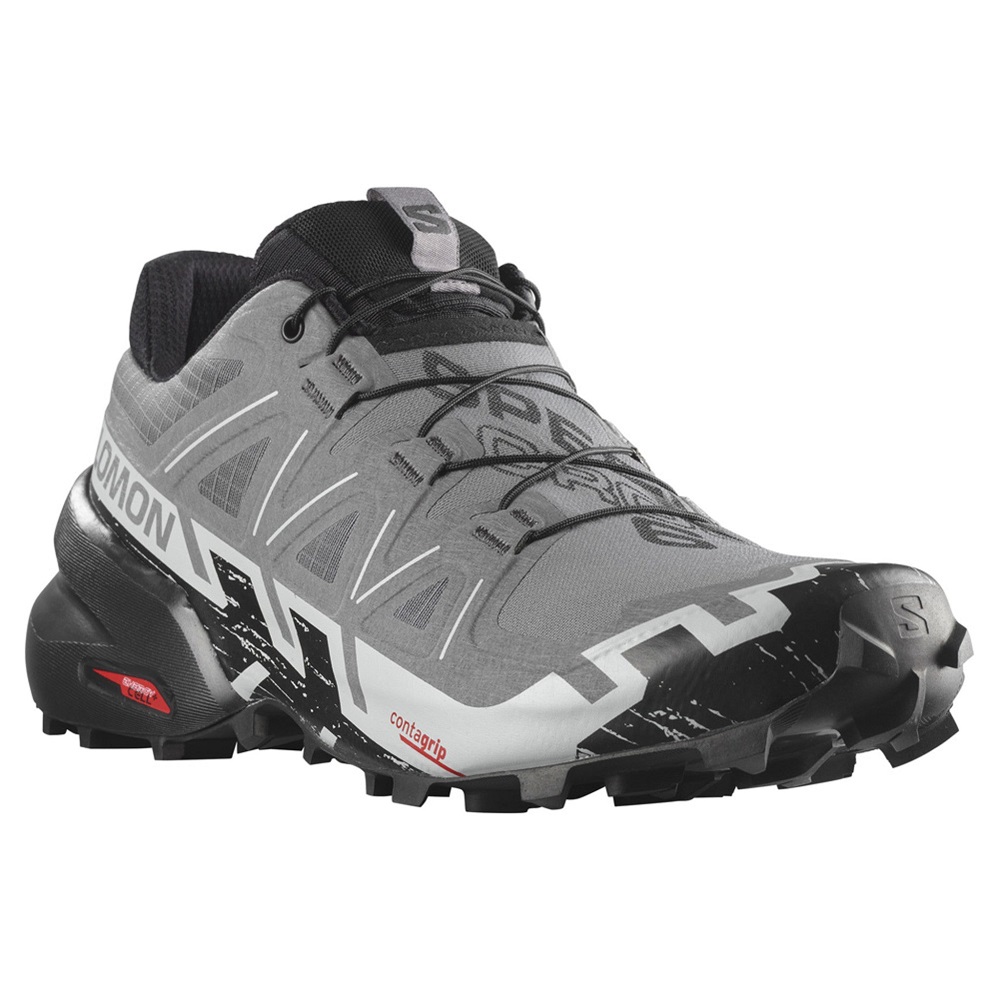
Regular Cleaning Routine
Importance of Cleaning Your Shoes
A regular cleaning routine is essential for maintaining trail running shoes. After each run, especially on muddy or dirty trails, it’s crucial to clean the shoes to prevent dirt and debris from building up. Addressing these materials promptly helps preserve the materials’ integrity and performance.
Cleaning trail running shoes can also prevent odors caused by bacteria and moisture. Regular cleaning promotes a healthier environment for your feet and makes for a more pleasant running experience.
How to Clean Trail Running Shoes
To clean trail running shoes effectively, first remove the laces and any removable insoles. Use a soft brush or cloth to remove loose dirt from the upper part of the shoes. For stubborn grime, a mixture of mild soap and water can be very effective. Gently scrub the impacted areas without using harsh chemicals, as they can damage the materials.
After cleaning, rinse the shoes with clean water to remove any soap residue. It is essential to air dry the shoes away from direct sunlight or heat sources, as these can warp the materials. Allowing the shoes to breathe helps prevent odors and deteriorating materials.
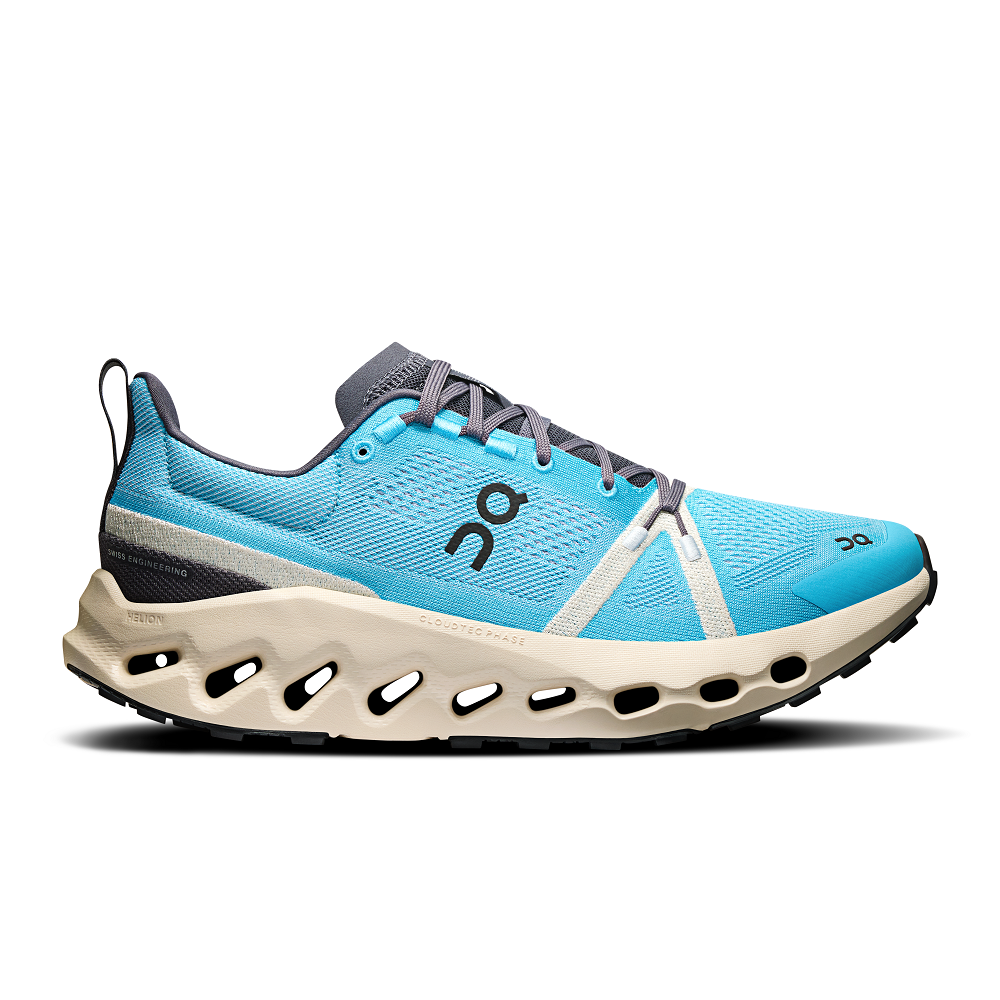
Proper Drying Techniques
Why Drying is Crucial
Drying your trail running shoes properly is as important as cleaning them. Running in wet shoes can lead to discomfort and increase the risk of blisters. Wet shoes also lose their structural support, compromising performance and safety during runs.
Additionally, moisture can create an environment for mold and bacteria to thrive, leading to unpleasant odors. Therefore, ensuring that your shoes dry correctly after every use is crucial for maintaining their integrity.
Effective Drying Methods
To dry trail running shoes, avoid using a dryer or exposing them to direct heat. Instead, remove the insoles and loosen the laces to enhance airflow. Use crumpled newspaper or paper towels inserted inside the shoes to help absorb excess moisture quickly. Change the stuffing regularly if the shoes remain damp.
Placing the shoes in a well-ventilated area will help speed up the drying process. It is best to allow the shoes to air dry overnight. This method prevents damage while ensuring that they are ready for the next run.
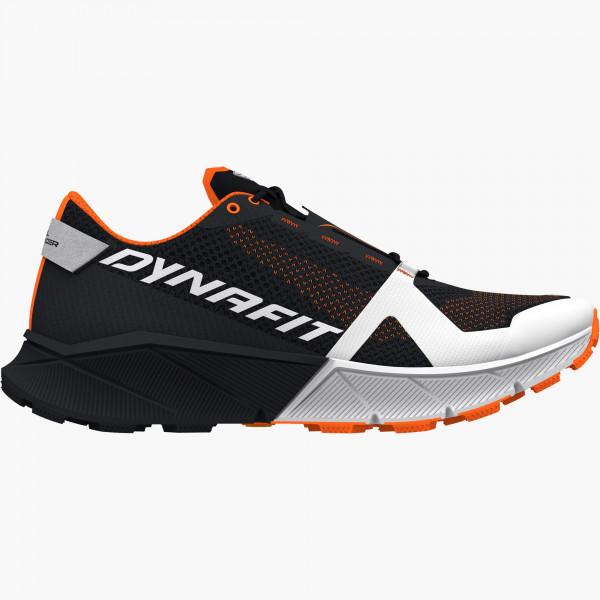
Inspecting for Damage
Regular Inspections
Performing regular inspections of trail running shoes is crucial for identifying wear and tear early. This proactive approach can help prevent injuries caused by compromised footwear. It is essential to look for signs of damage before each run or after intensive trail workouts.
Common areas to check include the outsole, midsole, upper, and seams. The outsole should be inspected for excessive wear, especially in high-impact areas. The midsoles should be reasonably intact, as any cracks or compression may lead to inadequate cushioning.
How to Identify Problems
During inspections, look for worn areas, unusual creases, or tears in the upper material. Checking the laces and eyelets for wear is also essential; worn laces may not hold securely and can lead to accidents. Pay attention to changes in the shoe’s fit or feel while running, as these can indicate underlying issues.
Any signs of damage should be addressed immediately. Minor repairs, such as re-gluing separated seams, can extend the life of the shoes. However, if the damage is significant, it may be time to consider investing in a new pair.
Storage Tips for Longevity
Importance of Proper Storage
Storing trail running shoes correctly can greatly enhance their longevity. Poor storage practices can lead to deformation, which can affect performance when the shoes are next used. Storing them in a low-humidity environment is essential to prevent moisture-related issues.
Another important aspect is the location of storage. Ideally, shoes should be stored away from direct sunlight, which can fade colors and damage materials over time. Keeping shoes inside a breathable mesh bag can help protect them while allowing airflow.
Best Practices for Shoe Storage
To protect trail running shoes during storage, always clean them before putting them away. Remove dirt and dust to prevent them from settling into the fabric. Ensure the shoes are entirely dry before storage to avoid mold growth.
Stuffing them with paper or using shoe trees can help maintain their shape during storage. This is especially important for shoes with softer materials that can easily lose form. By following these storage practices, you can help ensure that your trail running shoes remain ready for action whenever you need them.
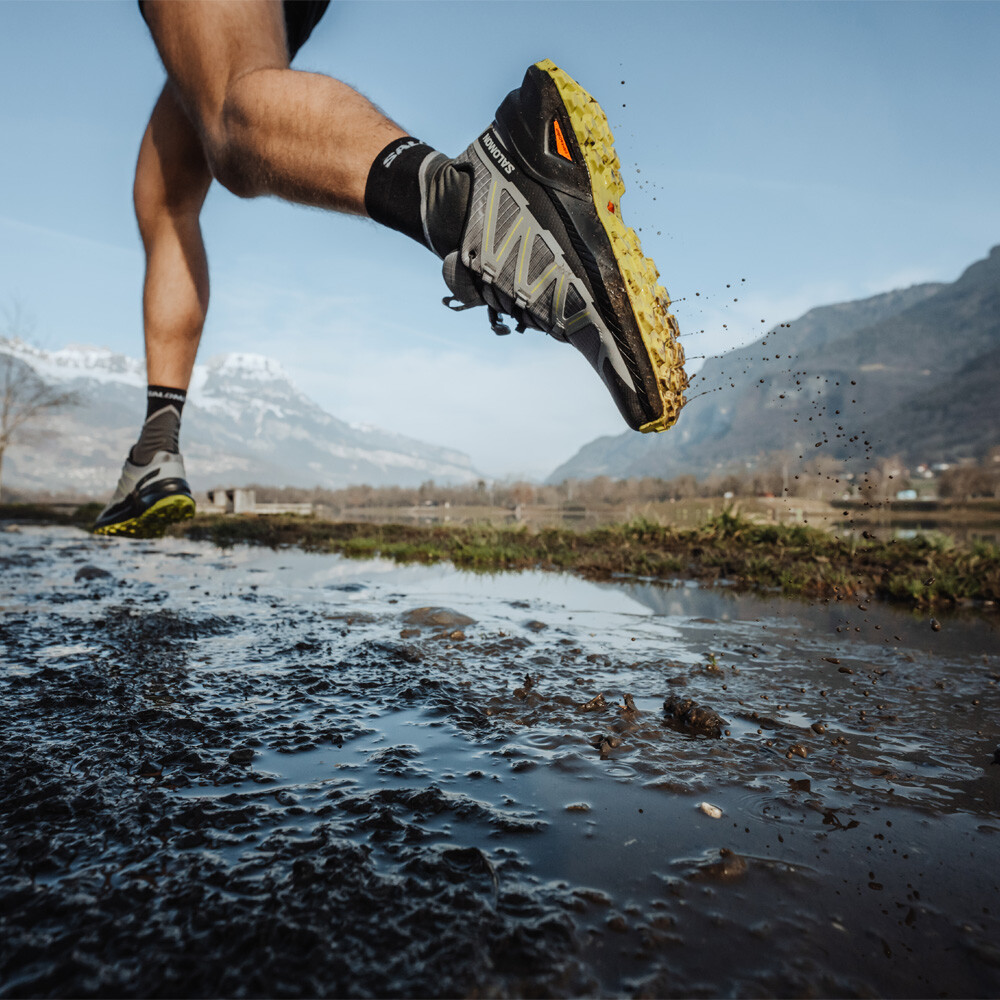
Using Appropriate Products
Importance of Specialized Products
Using appropriate products can enhance the life and performance of trail running shoes. Specialized cleaners, protectants, and conditioners designed for outdoor footwear can provide additional benefits. These products are formulated to treat the unique materials used in trail running shoes, ensuring optimal results.
Waterproofing products can be particularly beneficial. Applying a waterproofing spray helps protect the shoes from moisture and prevents water damage, especially during wet runs. By safeguarding your shoes from the elements, you can maintain their performance long-term.
Recommended Care Products
When selecting care products for trail running shoes, look for options specifically designed for outdoor footwear. Brands often produce cleaners and protectants that complement their products well. Follow the manufacturer’s instructions to ensure proper application.
Additionally, using moisture-absorbing footbeds can help extend the life of your shoes. These products can help combat odors and provide additional comfort during runs. Investing in the right care products will pay off in the form of improved shoe longevity and performance.
Knowing When to Replace Your Shoes
Understanding Lifespan
Regardless of how well you care for them, trail running shoes have a finite lifespan. Typically, high-quality running shoes endure between 300 to 500 miles, depending on various factors such as weight, terrain, and running style. Recognizing when to replace them is crucial to preventing injuries and ensuring optimal performance.
Shoes worn beyond their lifespan can lose essential features like cushioning and support. Regular checks on mileage and visual assessments will help determine when shoes need replacing. Signs of wear on the outsole and loss of cushioning are indicators that it’s time to shop for a new pair.
Signs It’s Time to Say Goodbye
Keep an eye out for specific signs indicating that it may be time to replace your shoes. Excessive wear on the outsole, visible compression in the midsole, and discomfort during runs are strong indicators. If your shoes lose their fit due to stretched materials or laces, this can also signal the need for a new pair.
It is wise to keep track of miles logged in your shoes for transparency. If you run regularly on rocky terrain, you might need to replace your shoes sooner than if you run mostly on flat surfaces. When the time comes, invest in a new pair that continues to meet your running style and preferences.
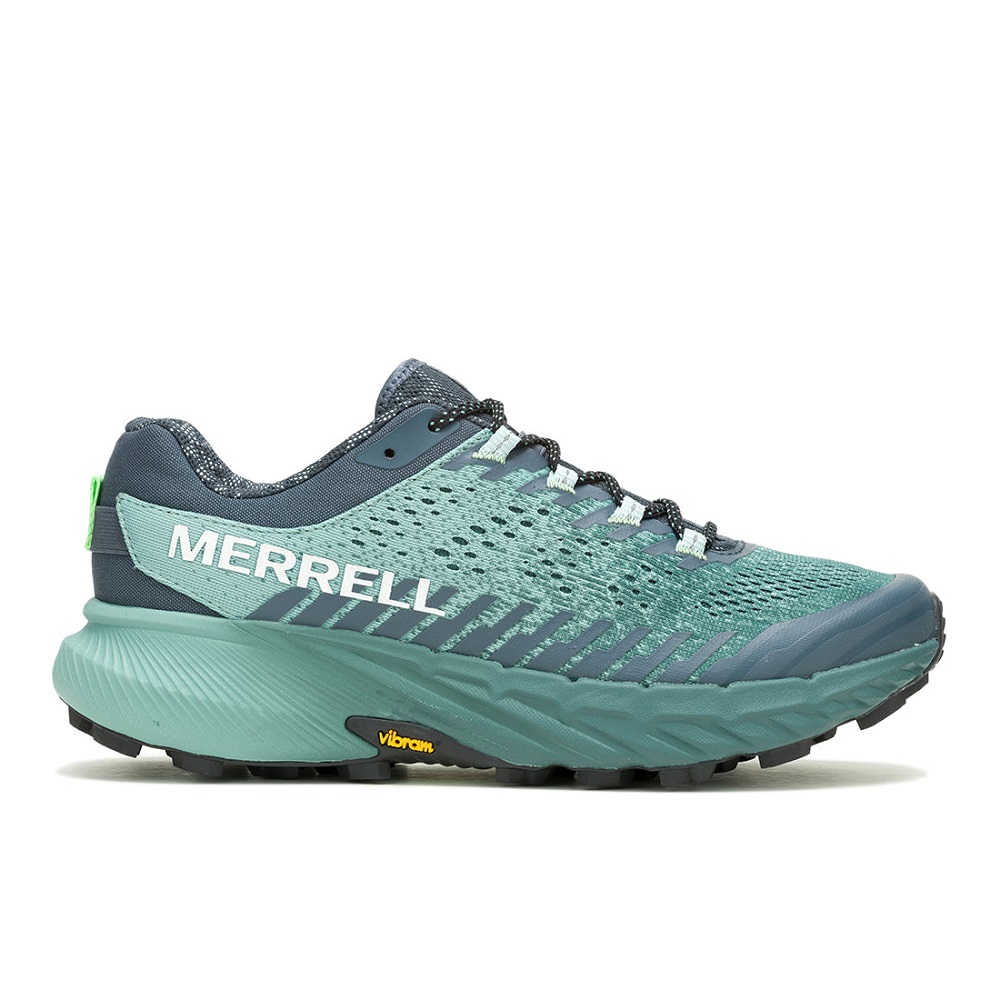
Adjusting to Terrain Changes
Understanding Different Trail Conditions
Trail running often involves varying terrains, from rocky paths to muddy trails. Each surface presents unique challenges and requires the right equipment and care for your shoes. Understanding how different conditions impact both your running experience and your footwear is vital for successful trail running.
When encountering wet or muddy trails, it’s important to prepare your shoes accordingly. Water-resistant features and deep lugs on the soles help provide the necessary traction and protection against moisture. Conversely, on dry, rocky trails, having shoes with reinforced toe caps can help shield your feet from sharp stones and unexpected obstacles. Recognizing these different conditions will help you select the appropriate footwear and care techniques to enhance your run.
Adapting Shoe Care to Terrain
Proper maintenance can also depend on the terrain you run on most frequently. If your primary trails are rocky and abrasive, your shoes may wear out faster. In this case, consider investing in more durable models designed for rugged conditions. Additionally, your cleaning routine may need adjustment, as more dirt and debris will accumulate on your shoes during trail runs.
After running on rugged terrain, it’s a good idea to check the outsoles for signs of wear. Inspect for any loose or damaged areas that may require attention. Regular inspection, coupled with adapting your maintenance routine to your specific trails, will ensure your shoes are ready for the next adventure.
Engaging with the Trail Running Community
Learning from Others
The trail running community is filled with shared experiences and knowledge. Engaging with fellow runners can provide insights into effective care and maintenance techniques for trail shoes. Participating in local running groups or online forums allows you to connect with experienced runners who can share their tips and recommendations.
These connections can also lead to discussions about the best products for different terrains, as well as routines that have worked for others. Incorporating their experiences can enhance your own shoe care practices and improve your overall performance on the trails.
Attending Events and Workshops
Consider attending trail running workshops or events that focus on shoe maintenance and care. Many running stores host educational sessions that cover topics such as proper fitting, shoe selection, and care techniques specific to trail running. Learning from experts can provide valuable knowledge that can be applied directly to your running routine.
These events also present opportunities to test out different brands and models, which can be beneficial in selecting the right shoe for your unique needs. Engaging with the community through events and workshops can further enhance your confidence and competence as a trail runner.
Sustainability in Trail Running Footwear
The Growing Importance of Eco-Friendly Choices
As awareness of environmental issues continues to rise, many runners are seeking sustainable options in their trail running footwear. The demand for eco-friendly materials and practices in the production of running shoes is growing. Brands are increasingly focusing on reducing their carbon footprints by using recycled materials, sustainable manufacturing processes, and environmentally friendly packaging.
Choosing sustainable trail running shoes not only contributes to personal comfort but also supports broader environmental initiatives. Many companies now offer shoes made from recycled plastics or organic materials, demonstrating a commitment to preserving nature. As trail runners, having footwear that aligns with environmentally responsible practices enhances your connection to the very trails you cherish.
Maintaining Sustainability in Shoe Care
In addition to selecting sustainable footwear, it is also crucial to adopt eco-friendly practices when caring for your shoes. Opt for biodegradable cleaning products and environmentally safe waterproofing solutions. Furthermore, consider repairing your shoes rather than replacing them whenever possible. Many local cobblers or specialty shoe repair shops can give your shoes a new life, reducing waste and promoting sustainability.
By embracing sustainable practices both in the purchase and care of trail running shoes, you contribute to a healthier planet while enjoying your favorite outdoor activities. Being mindful of your choices reflects a holistic approach to running—a combination of performance, maintenance, and environmental responsibility. As you step into nature, remember that each stride can help advocate for a sustainable future for the trails we love.
Enjoying Your Trail Running Journey
Caring for trail running shoes is essential for runners who navigate challenging terrains. By following these tips for cleaning, drying, inspecting, and storing your footwear, you can ensure their longevity. Understanding the importance of using specialized products and recognizing when to replace your shoes will enhance your overall running experience.
Trail running can be a rewarding and exhilarating activity. Proper care for your shoes allows you to enjoy the adventure safely and comfortably. As you maintain your trail running shoes, remember that they are your trusted companions on the journey. Take the time to invest in their upkeep, and they will continue to support your passion for running in the great outdoors. Happy trails!
